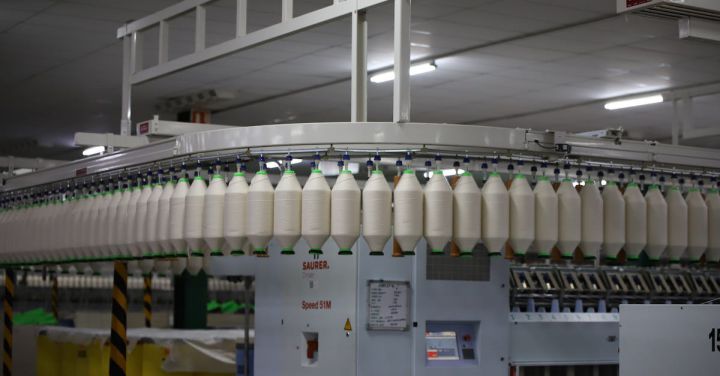Can Automation Reduce it Operating Costs?
In today’s rapidly advancing technological landscape, businesses are constantly seeking ways to improve efficiency and reduce costs. One area that often comes under scrutiny is IT operating costs. With the rise of automation technologies, many organizations are turning to these solutions to streamline their processes and cut expenses. But can automation truly reduce IT operating costs? Let’s explore this question further.
Understanding IT Operating Costs
Before delving into the potential impact of automation on IT operating costs, it’s important to have a clear understanding of what these costs entail. IT operating costs encompass a wide range of expenses, including hardware and software maintenance, network infrastructure, employee salaries, and training. These costs can quickly add up, especially for larger organizations with complex IT systems.
The Promise of Automation
Automation offers the promise of increased efficiency and reduced manual labor, which can ultimately lead to cost savings. By automating repetitive and mundane tasks, businesses can free up their IT staff to focus on more strategic initiatives. Additionally, automation can help minimize human error, leading to fewer costly mistakes and downtime.
Reducing Manual Labor Costs
One of the most significant ways automation can reduce IT operating costs is by minimizing the need for manual labor. Many routine IT tasks, such as system monitoring, software updates, and data backups, can be automated using specialized tools and software. This means that fewer IT staff members are required to perform these tasks manually, resulting in potential cost savings through reduced salaries and benefits.
Improving Efficiency and Productivity
Automation can also significantly improve efficiency and productivity within an IT department. By automating processes, tasks can be completed more quickly and accurately, allowing IT professionals to focus on more value-added activities. This increased productivity can lead to cost savings by reducing the number of man-hours required to complete tasks and projects.
Enhancing System Stability and Reliability
IT outages and system failures can have a significant financial impact on businesses. Automation can help mitigate these risks by proactively monitoring systems, identifying potential issues, and taking corrective actions. By preventing or minimizing downtime, businesses can avoid the financial consequences associated with system failures, such as lost revenue and customer dissatisfaction.
Streamlining IT Support
Another area where automation can reduce IT operating costs is in the realm of support and troubleshooting. With the help of intelligent chatbots and virtual assistants, businesses can automate the resolution of common IT issues without the need for human intervention. This not only speeds up the resolution process but also reduces the need for dedicated support staff, resulting in cost savings.
Considerations and Challenges
While automation holds great potential for reducing IT operating costs, there are certain considerations and challenges that businesses should be aware of. Implementing automation technologies often requires upfront investments in software, hardware, and training. Additionally, organizations must carefully plan and evaluate their automation strategies to ensure they align with their specific needs and goals.
Moreover, not all IT tasks can be fully automated. Some processes still require human intervention and expertise, particularly when it comes to complex problem-solving and decision-making. It’s crucial to strike the right balance between automation and human involvement to maximize cost savings while maintaining operational effectiveness.
Conclusion: The Potential of Automation
In conclusion, automation has the potential to significantly reduce IT operating costs by minimizing manual labor, improving efficiency and productivity, enhancing system stability, and streamlining support processes. However, businesses must carefully evaluate their specific needs and goals before implementing automation solutions. It’s essential to strike the right balance between automation and human involvement to achieve the optimal cost savings while maintaining the necessary level of expertise and operational effectiveness. By harnessing the power of automation, businesses can position themselves for a more cost-efficient and streamlined IT environment.






